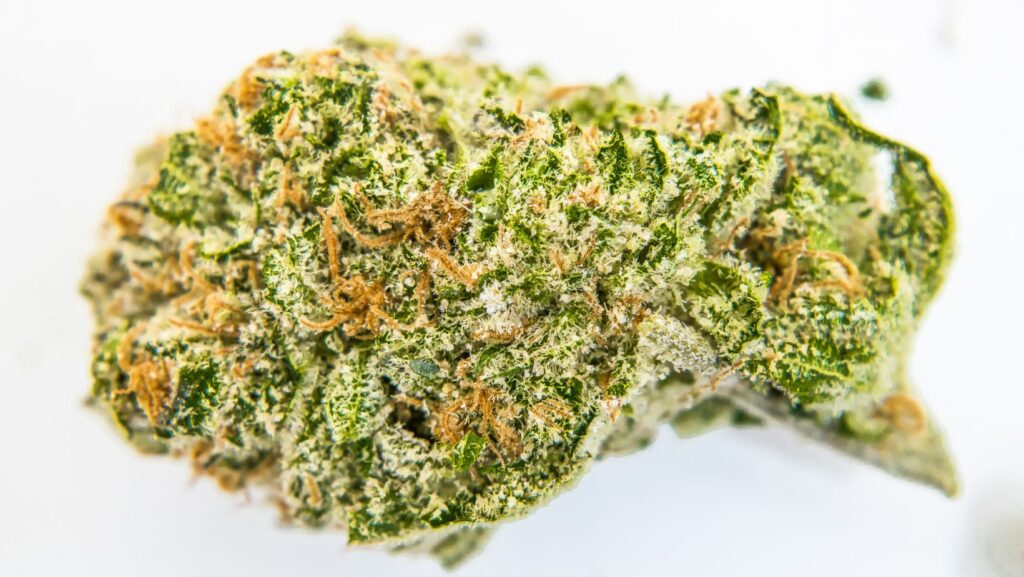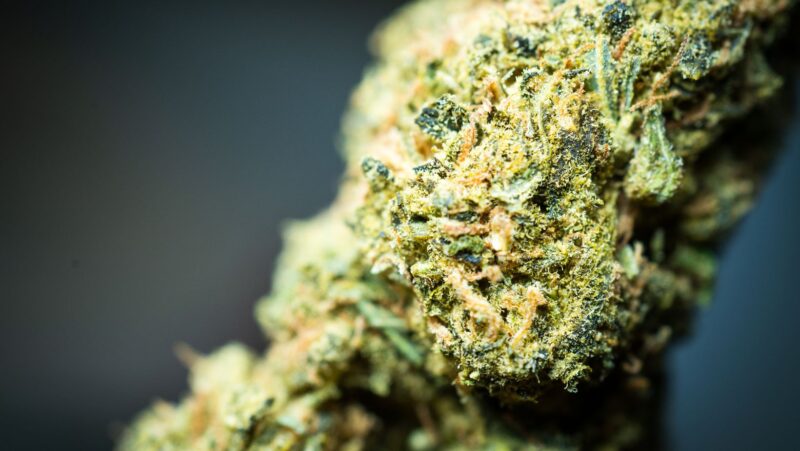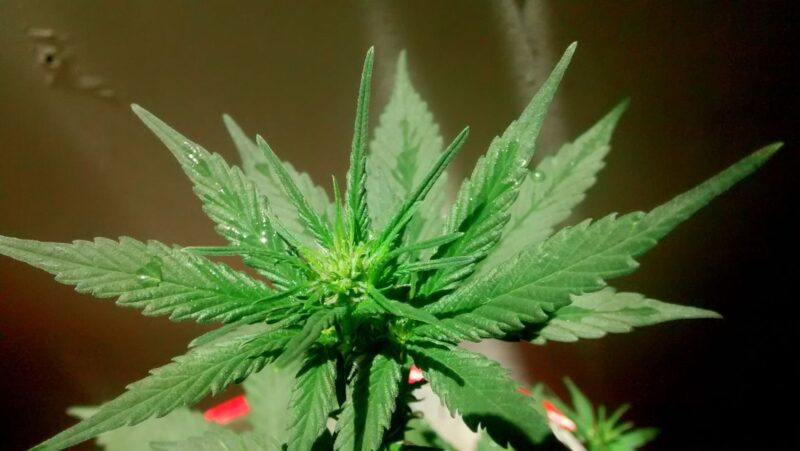
With the rising interest in natural remedies, both kratom and CBD have gained attention for their potential in managing stress and pain. While each offers unique benefits, they work differently within the body. Kratom is often considered more effective for acute pain relief, whereas CBD is frequently preferred for managing stress and long-term pain due to its anti-inflammatory properties. This article will explore how these two substances can be used to address stress and pain, and which might be better suited to individual needs.
Kratom, particularly variants like Kratumz’s premium 7-Hydroxymitragynine or Maeng Da, is recognized for its potency in providing pain relief and a sense of energy at lower doses. Those seeking a mood-enhancing effect might find its stimulating properties beneficial. On the other hand, CBD is lauded for its ability to promote relaxation and balance without the psychoactive effects typically associated with cannabis, making it a popular choice for stress relief.
Understanding the differences in how these substances interact with the brain’s receptors is crucial in choosing the right option for stress or pain relief. By examining the specific effects, benefits, and potential drawbacks of both kratom and CBD, this article aims to inform readers about the best uses for each. For those unsure about which natural remedy is right for them, the following sections offer valuable insights into making an informed decision.

Key Takeaways
- Kratom may provide better relief for acute pain.
- CBD is often preferred for managing stress and long-term pain.
- Understanding each substance’s effects aids in choosing the right option.
Understanding Kratom and CBD
Kratom and CBD are two distinct substances used for stress and pain relief, each with unique properties and origins. Kratom is derived from a tropical tree, while CBD comes from the cannabis plant. Their chemical compositions differ, influencing their effects on the body and their respective legal statuses.
Kratom: Origins and Uses
Kratom is a herbal supplement derived from the leaves of the Mitragyna speciosa tree, native to Southeast Asia. It has been traditionally used for centuries in countries like Thailand and Malaysia to manage pain and increase energy. In small doses, kratom can enhance mood and relieve pain, while higher doses may lead to sedation and relaxation.
Kratom is often consumed as kratom powder, capsules, or tea. Its popularity has grown in Western countries, where it is marketed for various uses, including treatment of opiate withdrawal symptoms and improvement of focus and concentration in low doses. However, concerns about dependence and safety have limited its use in some regions.
CBD: Overview and Legal Status
Cannabidiol (CBD) is a non-psychoactive compound found in hemp and cannabis plants, primarily used for its potential therapeutic benefits. Unlike THC, the psychoactive component in cannabis, CBD does not cause a high. CBD products, such as CBD oil, have gained popularity for their potential to reduce anxiety, inflammation, and chronic pain.
The legal status of CBD varies depending on its source and concentration of THC. In Canada, CBD derived from hemp with less than 0.3% THC is legal. The Farm Bill in the United States also legalized the production of hemp-derived CBD under similar conditions. It is vital for manufacturers to maintain transparency in labelling to ensure consumer safety and compliance with regulations.
Kratom vs. CBD: Chemical Composition
Kratom and CBD differ significantly in their chemical makeup, influencing their effects and applications. Kratom contains alkaloids like mitragynine and 7-hydroxymitragynine, which interact with opioid receptors in the brain, contributing to its pain-relieving and mood-enhancing properties.
In contrast, CBD interacts with the endocannabinoid system but does not directly bind to cannabinoid receptors. This interaction helps modulate the body’s response to pain, stress, and inflammation. CBD’s chemical structure distinguishes it from THC, delta-8, and delta-9, making it a preferred option for those seeking non-psychoactive relief. Both substances offer unique benefits, catering to varying preferences and needs in treatment.
Analysing Efficacy for Stress and Pain
Both kratom and CBD are often discussed in terms of their potential for pain relief and stress management. This section provides insights into their respective effectiveness in treating these conditions, comparing user testimonials and scientific studies.
Kratom’s Pain-Relieving Properties
Kratom, a natural herb native to Southeast Asia, has been traditionally used for its pain-relieving properties. It works by interacting with opioid receptors in the brain, which may lead to a reduction in pain perception. Users often report positive experiences regarding pain relief, especially for acute conditions like injuries or surgical pain.
Additionally, kratom may provide some degree of relaxation due to its ability to modulate mood and stress levels. However, it’s important to note that while kratom can be effective in managing pain, it carries potential side effects and risks of dependency. Therefore, its use should be carefully monitored. Various online sources and anecdotal evidence suggest that individuals using kratom may experience significant relief from their pain symptoms.
CBD’s Role in Stress Management
CBD, or cannabidiol, is renowned for its calming effects and its growing role in stress management. Extracted from the hemp plant, CBD does not produce psychoactive effects and is commonly used to alleviate chronic stress and anxiety. Its efficiency in stress reduction is tied to its interaction with the body’s endocannabinoid system, which helps regulate mood and response to stress.
Many users report experiencing a marked improvement in relaxation and a reduction in stress levels. Products containing CBD are often preferred for their minimal side effects and non-addictive nature. According to studies, CBD can help in reducing the symptoms associated with anxiety disorders, providing a sense of calm without the high experienced with THC.
Conclusion
Choosing between kratom and CBD for stress and pain relief depends on the individual’s specific needs.
Kratom may provide short-term pain relief and boost focus in low doses. On the other hand, CBD is often preferred for chronic pain management due to its inflammation-fighting properties and its ability to help maintain a natural equilibrium for reducing stress levels.
Both substances offer unique benefits and potential side effects. Understanding their differences can assist individuals in making informed decisions about their use. It is advisable to consult healthcare professionals before incorporating either into a wellness routine.













